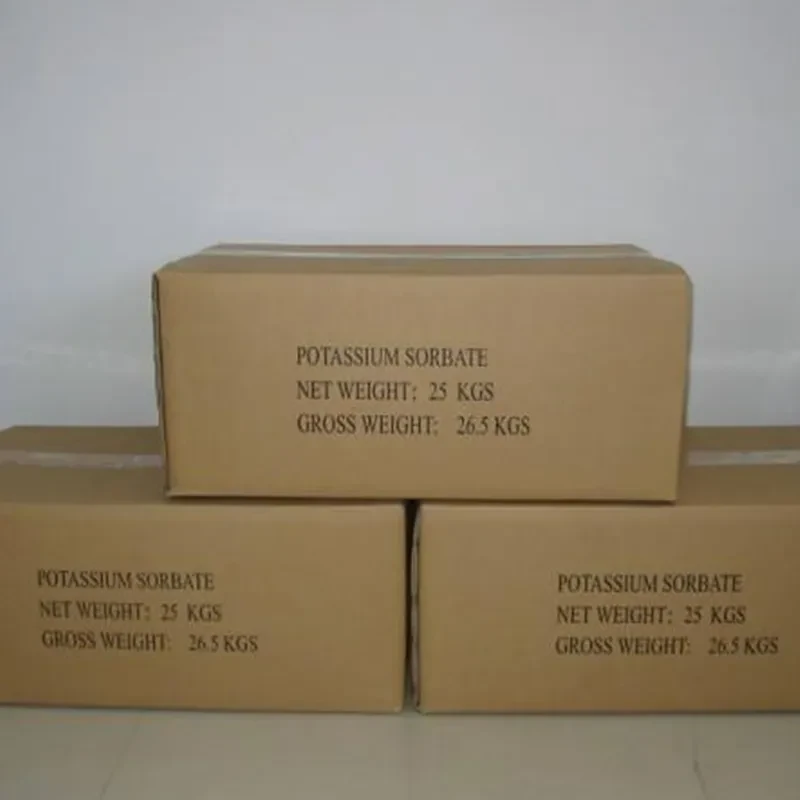
Understanding the Role and Impact of E122 Food Additive in Our Diet
Understanding E122 Food Additive A Comprehensive Overview
Food additives are substances added to food to preserve flavor or enhance its taste, appearance, or other qualities. E122, also known as Azorubine or Carmoisine, is one such additive. It is a synthetic dye primarily used in the food industry to provide a vibrant red hue to various products. This article delves into the properties, uses, regulations, and concerns surrounding E122.
Properties of E122
E122 is a water-soluble dye that belongs to the azo dye family. Its chemical structure consists of a complex arrangement of carbon, hydrogen, and nitrogen atoms, which gives it its distinctive red color. This additive is often used in its sodium salt form, which enhances its solubility, making it suitable for a wide range of food products.
Uses in Food Products
E122 is widely utilized in the food and beverage industry to improve visual appeal
. Common applications include1. Confectionery E122 is frequently employed in sweets, candies, and gummies to provide an attractive appearance and appeal to younger consumers. 2. Beverages Soft drinks and flavored drinks often contain E122 to create a vibrant red color, enhancing the overall attractiveness of the product.
3. Dairy Products Many yogurt and dessert products utilize this additive to enhance their visual allure.
4. Bakery Items Certain baked goods, especially cakes and pastries, may also incorporate E122 to achieve a desired coloration.
5. Meats and Sauces Processed meats and sauces may use E122 to present a fresher, more appetizing look.
e122 food additive

Regulatory Standing
E122 is categorized under food additives with a specific E number system, regulated by various governmental and health organizations. In the European Union, E122 is permitted for use in food products but is subjected to strict regulations regarding its concentration levels and labeling. Manufacturers are required to declare its presence on product labels to inform consumers, especially those who may have sensitivities or allergies.
In contrast, the use of E122 in the food supply varies by country. While it is approved in the EU, some countries have banned its use due to concerns over its potential health effects. For instance, the United States Food and Drug Administration (FDA) allows certain synthetic dyes, but the usage of E122 itself is not as prevalent in the U.S. market.
Health Concerns
Like many food additives, E122 has been the subject of health debates. Some studies suggest that azo dyes can trigger allergic reactions in sensitive individuals, particularly those with asthma or related conditions. Symptoms may include skin rashes, hives, or respiratory issues.
There is also some concern about the potential link between artificial food colors, including E122, and hyperactivity in children. Research in this area has produced mixed results, but the issue has prompted calls for more rigorous safety assessments and clearer labeling practices.
Additionally, some animal studies have indicated that high doses of synthetic dyes may be linked to carcinogenic effects. However, the levels of E122 typically used in food products are well below those considered hazardous according to current regulations.
Conclusion
E122, while a commonly used food additive, serves as an illustrative example of the balance between enhancing food appeal and ensuring consumer safety. With its vibrant red color, it undoubtedly contributes to the attractiveness of various foods; however, the ongoing debates regarding its health implications highlight the importance of informed consumption. Consumers should remain aware of the products they choose and consider potential sensitivities to additives like E122.
In summary, E122 plays a significant role in the food industry, but its usage underscores the need for ongoing research and regulation to ensure consumer safety. As awareness of food additives continues to grow, it's crucial for both manufacturers and consumers to stay informed about the additives present in the foods we consume daily, fostering smarter food choices for a healthier future.
-
nitrile-rubber-honoring-strict-production-standardsNewsAug.22,2025
-
aspartame-ingredients-honoring-food-safety-valuesNewsAug.22,2025
-
fertilizer-for-balanced-plant-nutritionNewsAug.22,2025
-
cyanide-gold-processing-with-high-purity-additivesNewsAug.22,2025
-
formic-acid-in-textile-dyeing-applicationsNewsAug.22,2025
-
aluminum-hydroxide-gel-in-skincare-productsNewsAug.22,2025
-
Regulatory Compliance for Global Mining Chemicals UseNewsAug.12,2025
Hebei Tenger Chemical Technology Co., Ltd. focuses on the chemical industry and is committed to the export service of chemical raw materials.
-

view more DiethanolisopropanolamineIn the ever-growing field of chemical solutions, diethanolisopropanolamine (DEIPA) stands out as a versatile and important compound. Due to its unique chemical structure and properties, DEIPA is of interest to various industries including construction, personal care, and agriculture. -

view more TriisopropanolamineTriisopropanolamine (TIPA) alkanol amine substance, is a kind of alcohol amine compound with amino and alcohol hydroxyl, and because of its molecules contains both amino and hydroxyl. -

view more Tetramethyl Thiuram DisulfideTetramethyl thiuram disulfide, also known as TMTD, is a white to light-yellow powder with a distinct sulfur-like odor. It is soluble in organic solvents such as benzene, acetone, and ethyl acetate, making it highly versatile for use in different formulations. TMTD is known for its excellent vulcanization acceleration properties, which makes it a key ingredient in the production of rubber products. Additionally, it acts as an effective fungicide and bactericide, making it valuable in agricultural applications. Its high purity and stability ensure consistent performance, making it a preferred choice for manufacturers across various industries.





